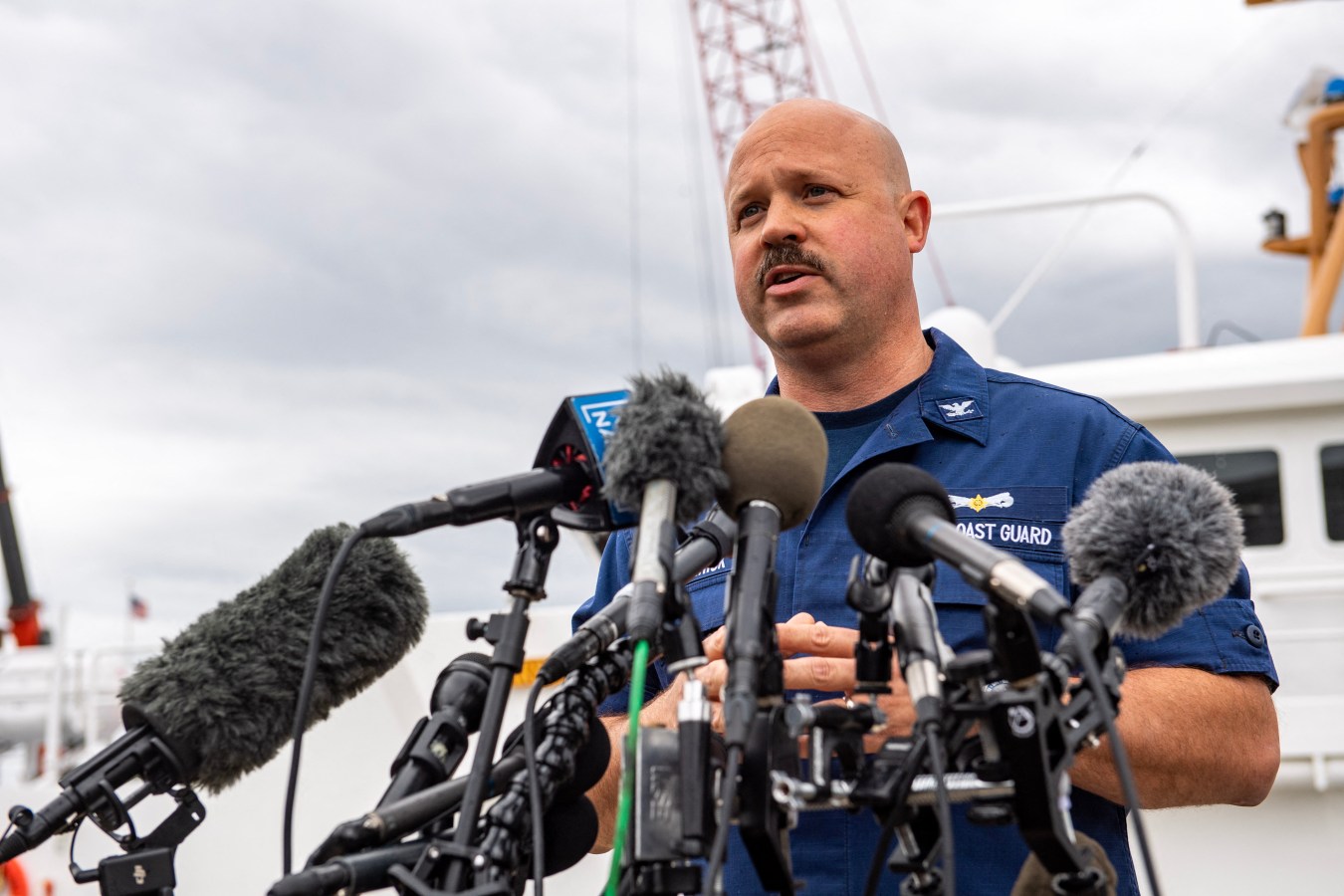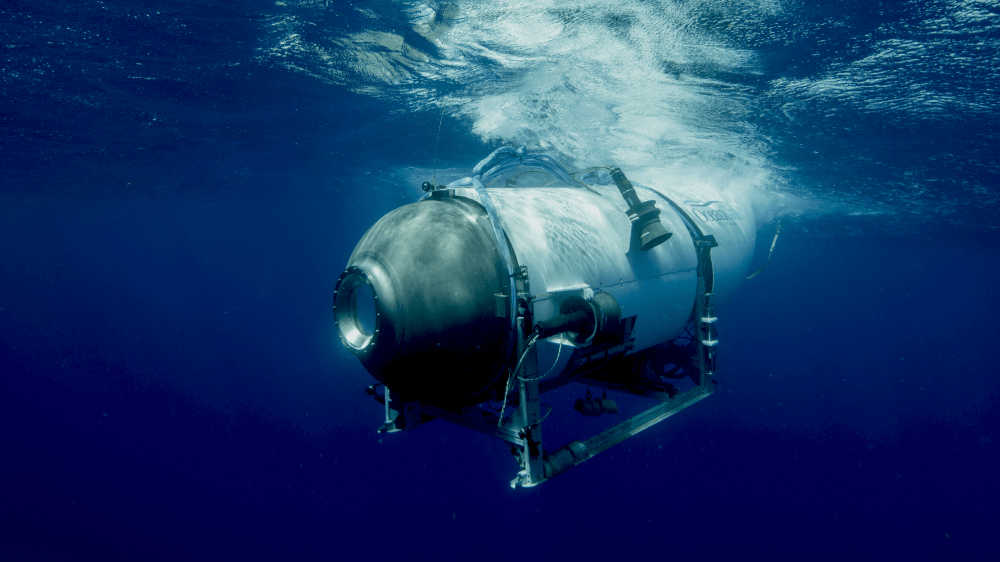A trade group warned OceanGate Expeditions in 2018 its Titan submersible—which has been missing for more than two days since it dove to view the wreck of the Titanic with several passengers aboard—did not meet industry standards and could result in negative outcomes “from minor to catastrophic,” the New York Times reported Tuesday.

The Titan submersible had not been reviewed by typical industry regulators, an agency warned in 2018.
OceanGate Expeditions
Key Takeaways
- A letter to OceanGate CEO Stockton Rush obtained by the Times was written by the manned underwater vehicles committee of the Marine Technology Society, a 60-year-old group of industry professionals.
- The society said it had “unanimous concern” about OceanGate’s then-planned expedition to bring tourists to see the Titanic with its Titan submersible, which was built with an array of off-the-shelf features and operated from the inside by a single button.
- The group also noted it “does not appear that OceanGate has the intention of following DNV-GL class rules,” a set of industry regulations widely acknowledged as key guidelines for vessel safety—even though OceanGate said in marketing materials that the Titan met or exceeded those standards, the letter said.
- The group recommended “at minimum” the company submit a prototype of the Titan submersible for DNV-GL review, despite the additional time and expense it would require.
- The submersible was considered “experimental”—a term made clear to expedition participants who had to sign a waiver acknowledging a risk of death and serious injury—which MTS said it was concerned about, as it could have “serious consequences for everyone in the industry.”
- It’s unclear whether OceanGate responded to the letter or followed the organisation’s recommendations to obtain further review of its submersible.
- In a 2019 blog post, the company argued it has worked to mitigate risks, but getting certified by a group like DNV-GL would not ensure safety because “innovation often falls outside of the existing industry paradigm.”
- OceanGate declined to comment on the letter; Forbes reached out to the Manned Underwater Vehicles committee for comment.
Crucial Quote
“Your [marketing] representation is, at minimum, misleading to the public and breaches an industry-wide professional code of conduct we all endeavor to uphold,” the committee wrote.
Key Background
OceanGate Expeditions was founded in 2009 with the mission of making deep-sea exploration accessible to tourists. As early as 2017, the company was attempting to take tourists to see the Titanic shipwreck, which lies more than two miles under the ocean and 400 miles away from the nearest coastline in Newfoundland, Canada.
The Titan submersible went missing early Sunday morning, and a search-and-rescue mission has been scouring a section of the ocean larger than the state of Connecticut to try to find the vessel. Five people are on board, including a British businessman who also flew on one of Jeff Bezos’ Blue Origin flights, a Pakistani businessman and his 19-year-old son, a French Titanic expert and OceanGate CEO Rush. The vessel has a 96-hour life support capacity, which gives the passengers less than 40 hours of air left, officials estimated Tuesday.
This article was first published on forbes.com


